In a given configuration the endurance of a piston engine aeroplane only ? [ Exam pilot ]
Question 80-1 : Altitude speed mass and fuel on board altitude speed and mass speed and mass speed mass and fuel on board
At a higher gross mass on a piston engined aeroplane in order to maintain a ?
Question 80-2 : The airspeed must be increased and the drag will also increase the airspeed must be decreased and the drag will increase the lift/drag ratio must be increased the airspeed must be increased and the drag will remain unchanged
 The airspeed must be increased and the drag will also increase.
The airspeed must be increased and the drag will also increase. On a reciprocating engine aeroplane to maintain a given angle of attack ?
Question 80-3 : An increase in airspeed and power is required a higher coefficient of drag is required an increase in airspeed is required but power setting does not change requires an increase in power and decrease in the airspeed
An aeroplane with reciprocating engines is flying at a constant angle of attack ?
Question 80-4 : Remains unchanged but the tas increases increases at constant tas decreases and the cas decreases too because of the lower air density remains unchanged but the the cas increases
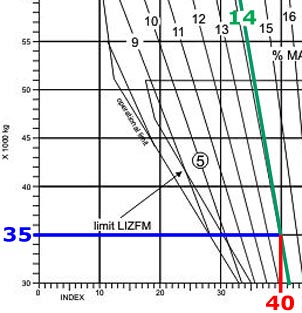 Remains unchanged but the tas increases.
Remains unchanged but the tas increases. On a reciprocating engine aeroplane with increasing altitude at constant gross ?
Question 80-5 : Increases and the tas increases by the same percentage increases but tas remains constant decreases slightly because of the lower air density remains unchanged but the tas increases
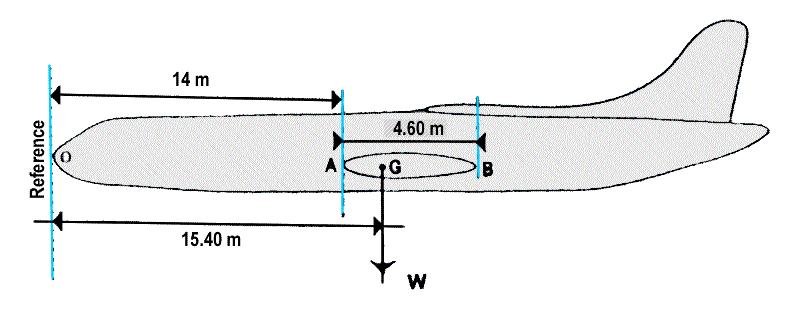 Increases and the tas increases by the same percentage.
Increases and the tas increases by the same percentage. At reference or see performance manual sep 1 figure 2 4 .with regard to the ?
Question 80-6 : Approximately 1850 feet approximately 1700 feet approximately 1370 feet approximately 1120 feet
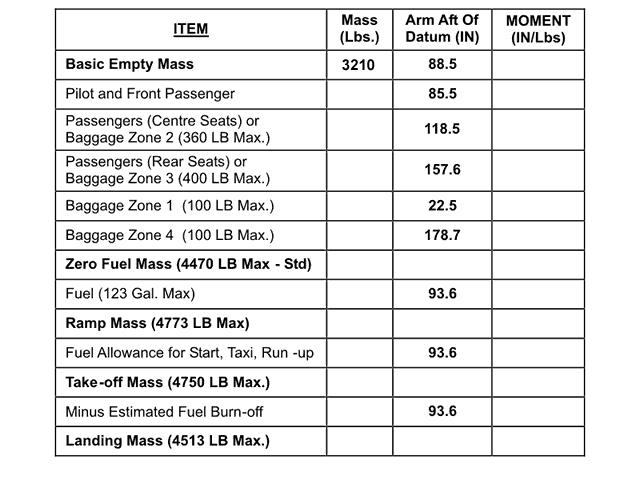 Approximately : 1850 feet.
Approximately : 1850 feet. Performance manual sep 1 figure 2 4 .with regard to the landing chart for the ?
Question 80-7 : Approximately 1930 feet approximately 950 feet approximately 1400 feet approximately 750 feet
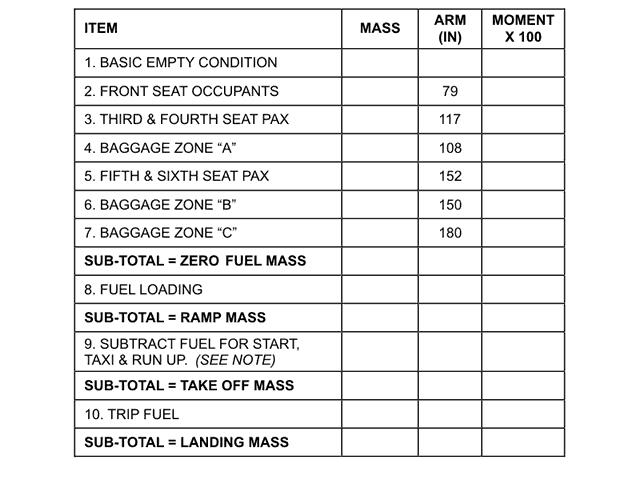 Approximately : 1930 feet.
Approximately : 1930 feet. For this question use annex 032 005 or performance manual sep 1 figure 2 4 ?
Question 80-8 : Approximately 1800 feet approximately 1300 feet approximately 2000 feet approximately 1450 feet
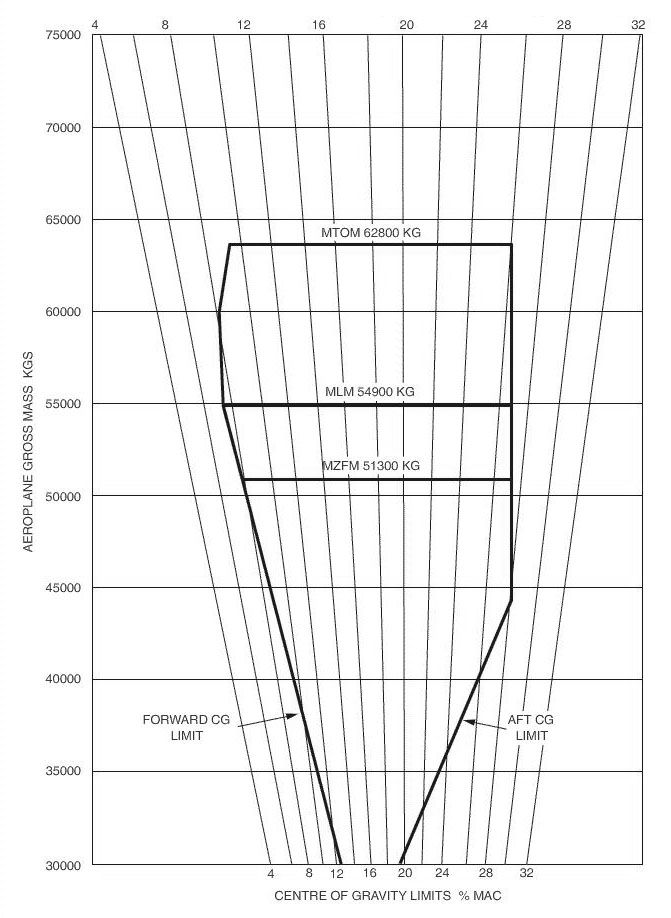 Approximately: 1800 feet.
Approximately: 1800 feet. With regard to the take off performance chart for the single engine aeroplane ?
Question 80-9 : 3200 lbs 3000 lbs 2900 lbs > 3650 lbs
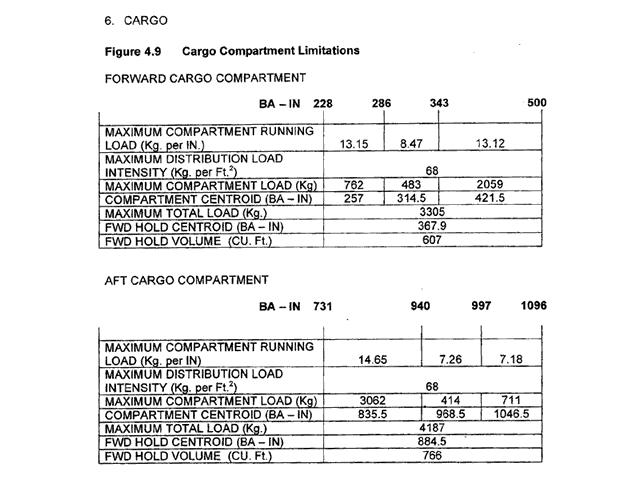 3200 lbs.
3200 lbs. At reference or see performance manual sep 1 figure 2 2 .with regard to the ?
Question 80-10 : Approximately 2050 ft approximately 1150 ft approximately 2450 ft approximately 1260 ft
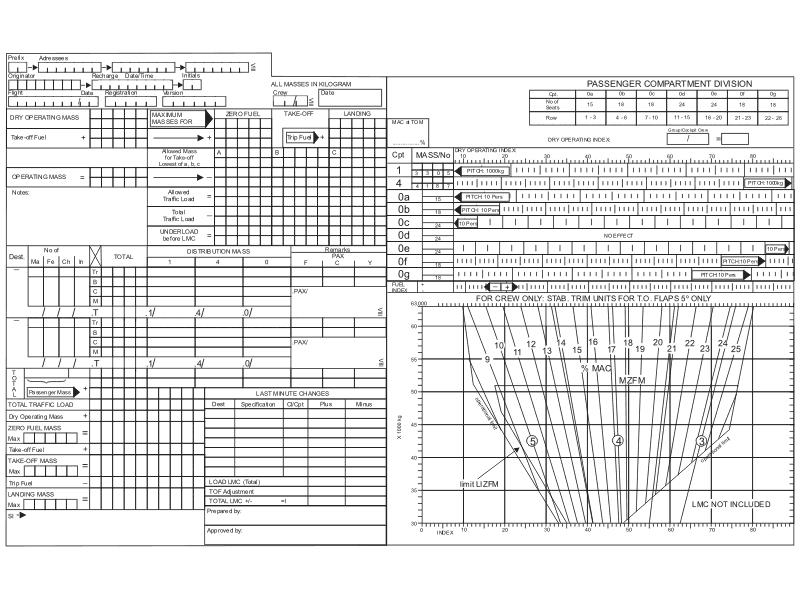 Approximately: 2050 ft.
Approximately: 2050 ft. At reference or see performance manual sep 1 figure 2 1 .with regard to the ?
Question 80-11 : 71 and 82 kias 65 and 75 kias 73 and 84 kias 68 and 78 kias
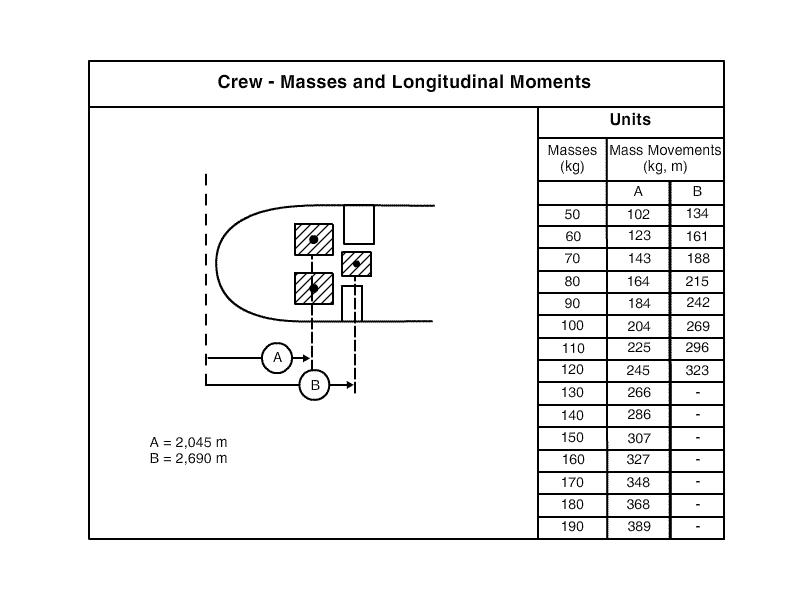 71 and 82 kias.
71 and 82 kias. At reference or see performance manual sep 1 figure 2 2 .with regard to the ?
Question 80-12 : Approximately 3960 ft approximately 3680 ft approximately 4150 ft approximately 5040 ft
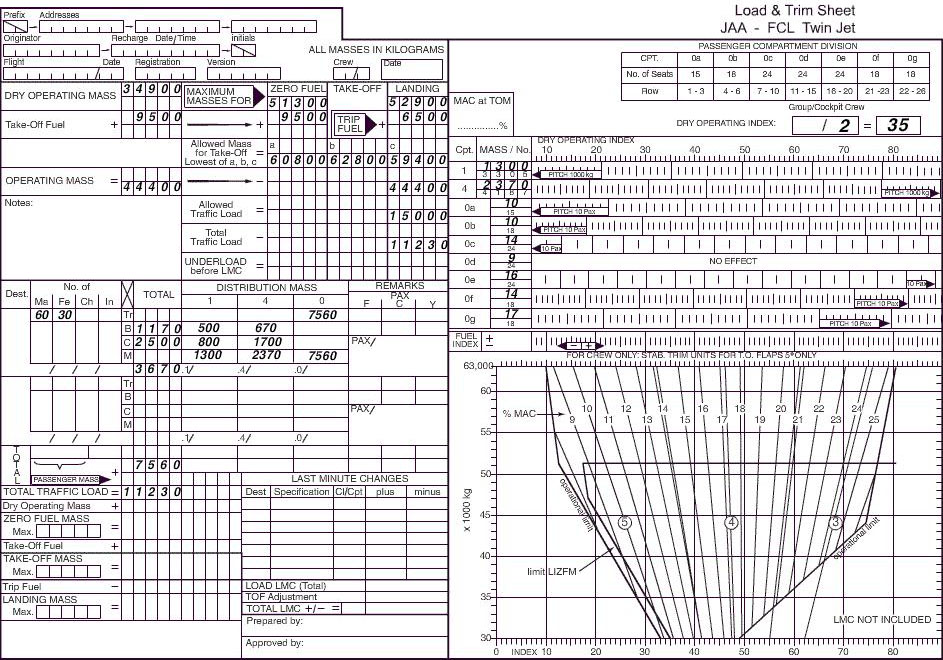 Approximately: 3960 ft.
Approximately: 3960 ft. With regard to the climb performance chart for the single engine aeroplane ?
Question 80-13 : 1290 ft/min 1370 ft/min 1210 ft/min 1150 ft/min
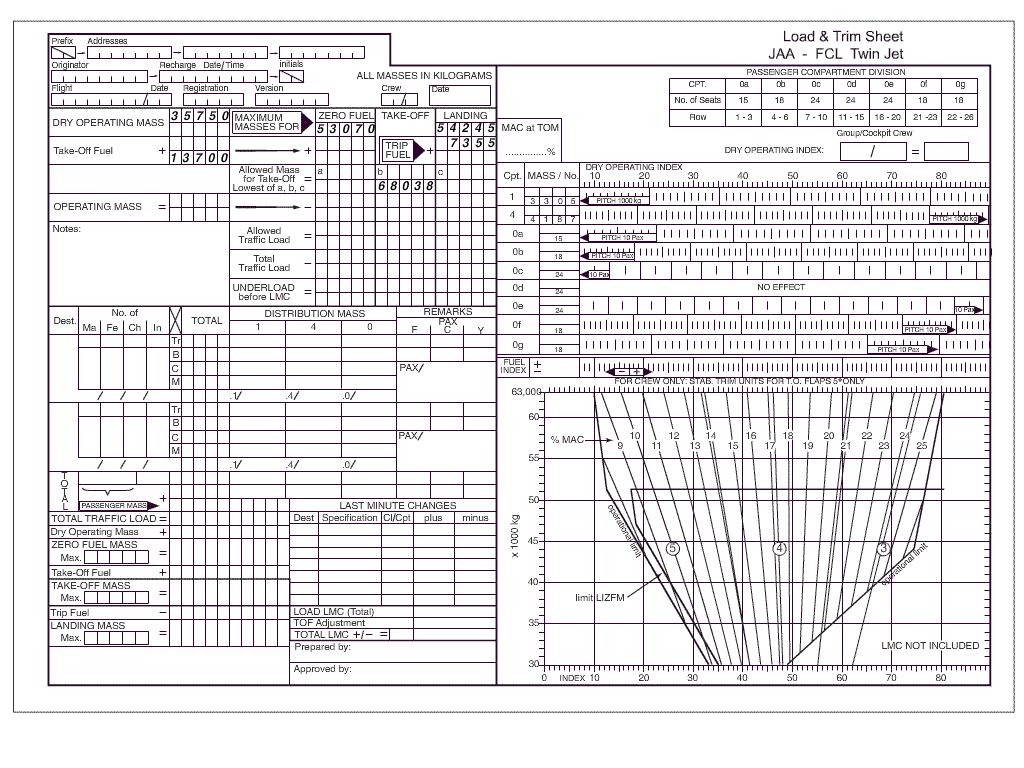 1290 ft/min.
1290 ft/min. At reference or see performance manual sep 1 figure 2 2 .with regard to the ?
Question 80-14 : 2275 ft 1900 ft 1600 ft 2000 ft
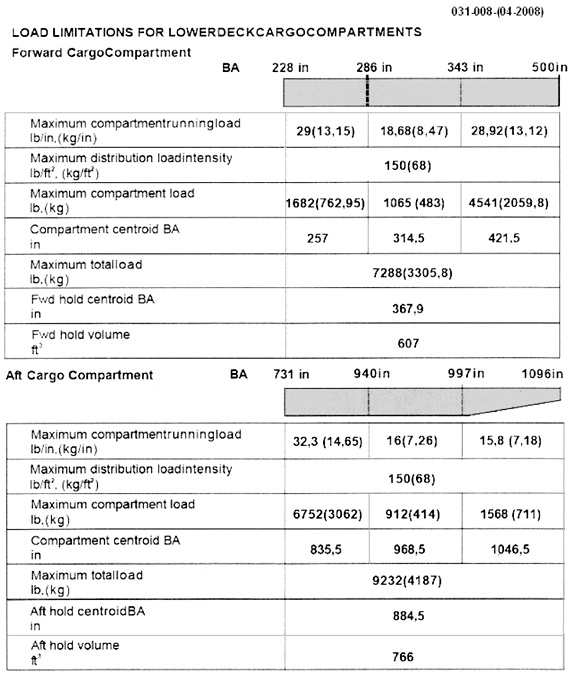 2275 ft.
2275 ft. Using the landing diagram for single engine aeroplane determine the landing ?
Question 80-15 : 1350 ft 1550 ft 1020 ft 880 ft
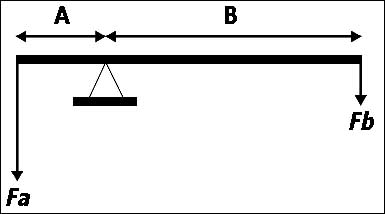 1350 ft.
1350 ft. The pilot of a single engine aircraft has established the climb performance ?
Question 80-16 : Degraded improved unchanged unchanged if a short field take off is adopted
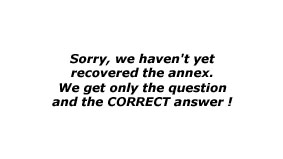 Degraded.
Degraded. An extract of the flight manual of a single engine propeller aircraft is ?
Question 80-17 : 465 m 615 m 540 m 395 m
 465 m.
465 m. With regard to the landing chart for the single engine aeroplane determine the ?
Question 80-18 : Approximately 1700 feet approximately 1150 feet approximately 1500 feet approximately 920 feet
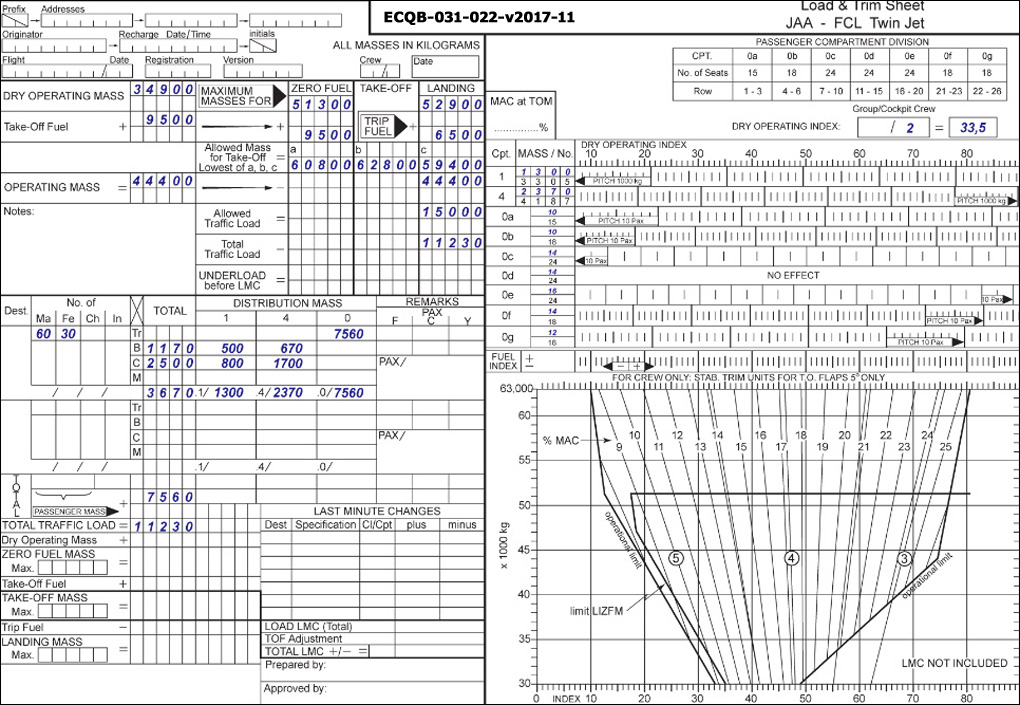 Approximately : 1700 feet.
Approximately : 1700 feet. With regard to the take off performance chart for the single engine aeroplane ?
Question 80-19 : Approximately 2470 feet approximately 1440 feet approximately 2800 feet approximately 2200 feet
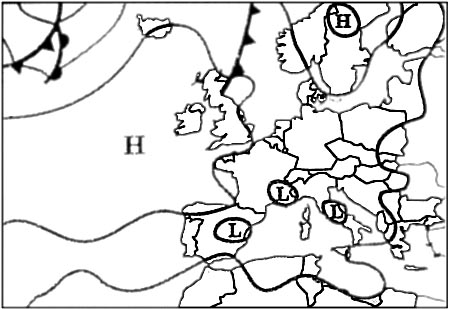 Approximately : 2470 feet.
Approximately : 2470 feet. For this question use reference or performance manual sep 1 figure 2 1.with ?
Question 80-20 : 3240 lbs 3000 lbs 2900 lbs greater than 3650 lbs
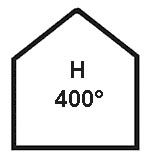 3240 lbs.
3240 lbs. Consider the graphic representation of the power required versus true air speed ?
Question 80-21 : Maximum specific range maximum endurance maximum thrust critical angle of attack
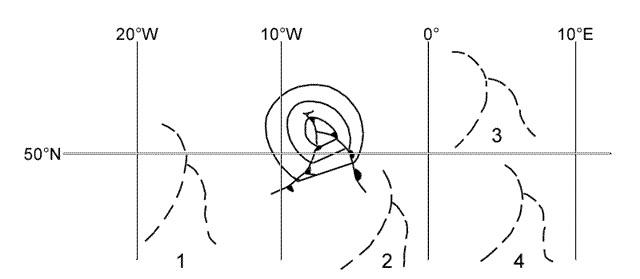 Maximum specific range.
Maximum specific range. For this question use reference sep 1 figure 2 3 .using the climb performance ?
Question 80-22 : 15640 ft 18909 ft 20109 ft 16665 ft
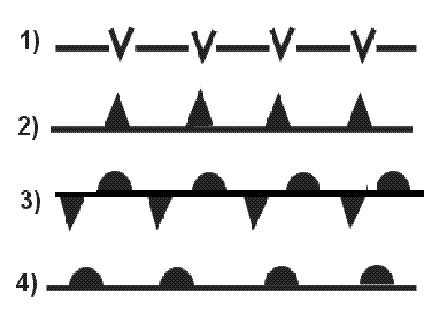 15640 ft.
15640 ft. For this question use reference .using the climb performance chart for the ?
Question 80-23 : 1140 ft/min and 10 6% 1030 ft/min and 8 4% 1170 ft/min and 9 9% 1140 ft/min and 8%
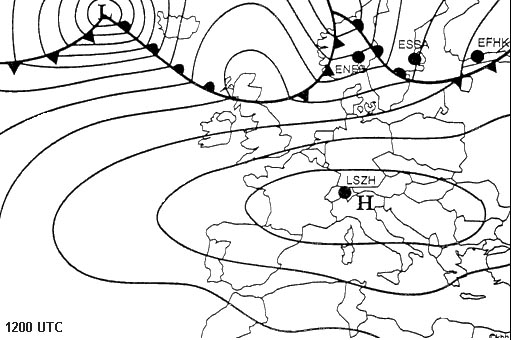 1140 ft/min and 10.6%.
1140 ft/min and 10.6%. At reference or use performance manual sep 1 figure 2 1.airport characteristics ?
Question 80-24 : 1500 ft 2000 ft 1750 ft 1350 ft
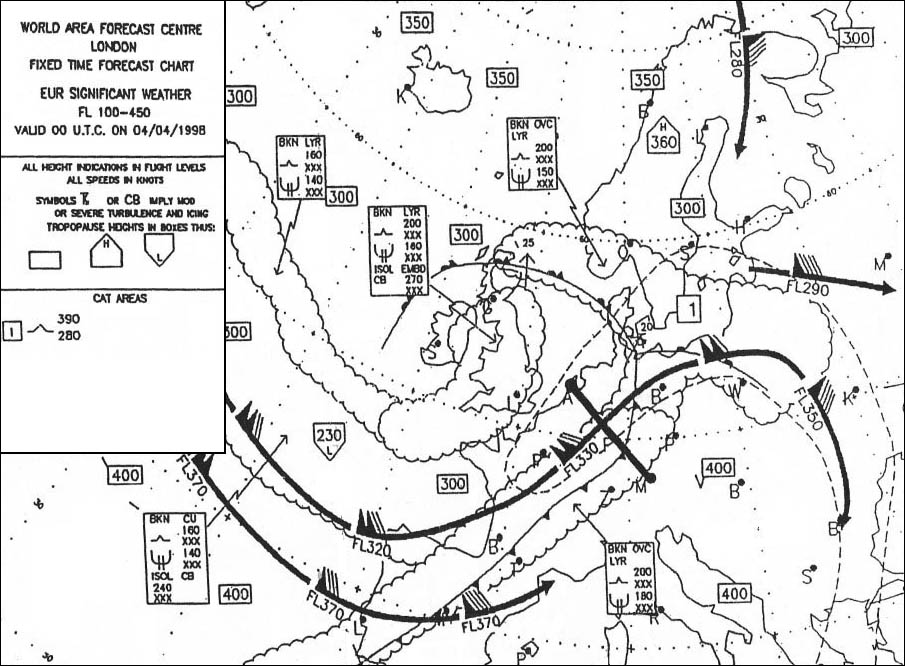 1500 ft.
1500 ft. Unless otherwise specified in the afm for a performance class b aeroplane ?
Question 80-25 : 1 05 1 03 1 15 1 1
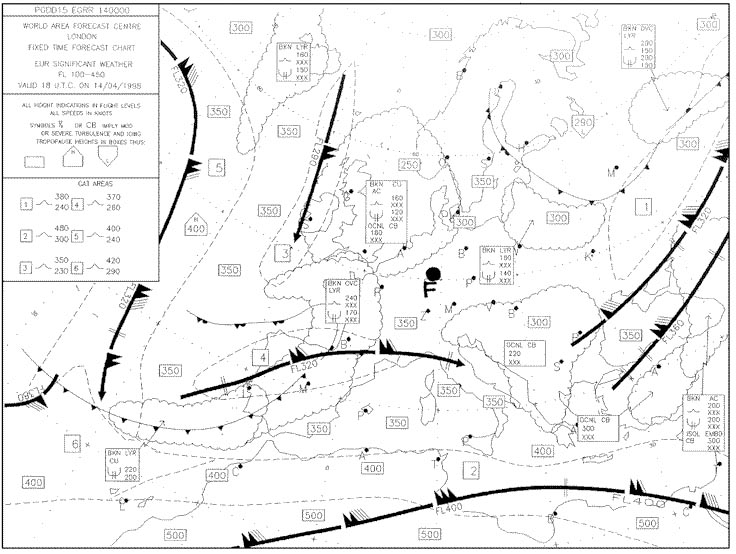 1.05
1.05 Unless otherwise specified in the afm for a performance class b aeroplane ?
Question 80-26 : 1 05 1 03 1 01 1 15
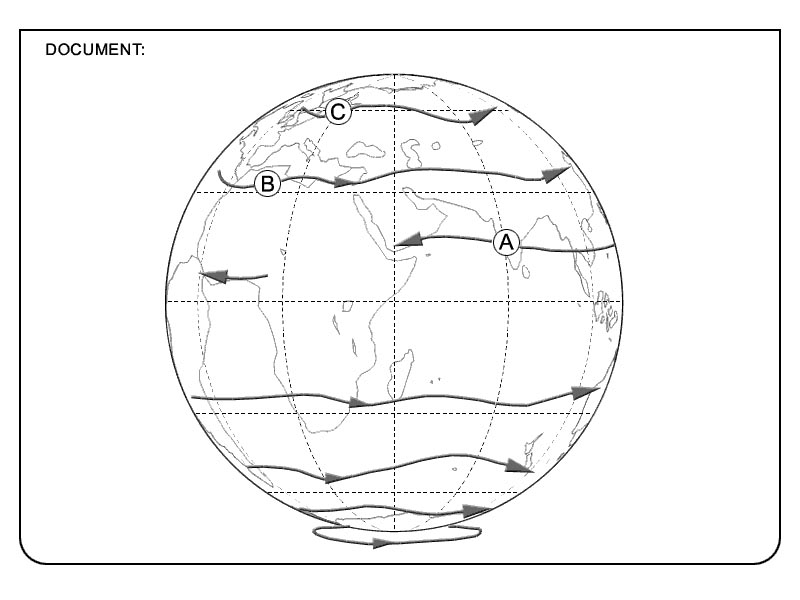 1.05
1.05 The following conditions are observed at an airport runway 13 wind 140° for ?
Question 80-27 : 5 kt 18 kt 15 kt 10 kt
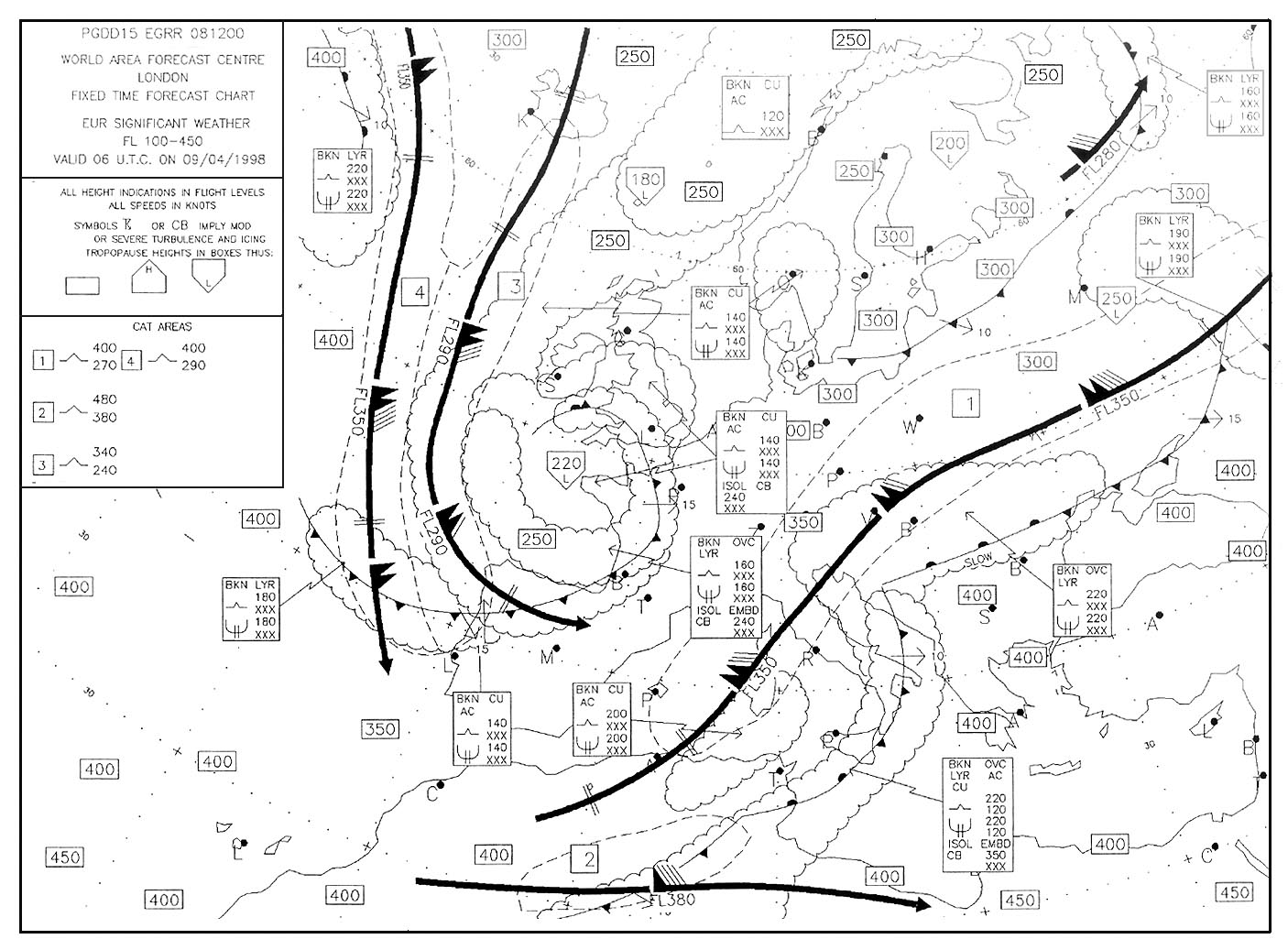 5 kt.
5 kt. Maximum crosswind demonstrated is equal to 0 2 vs0 and the following conditions ?
Question 80-28 :
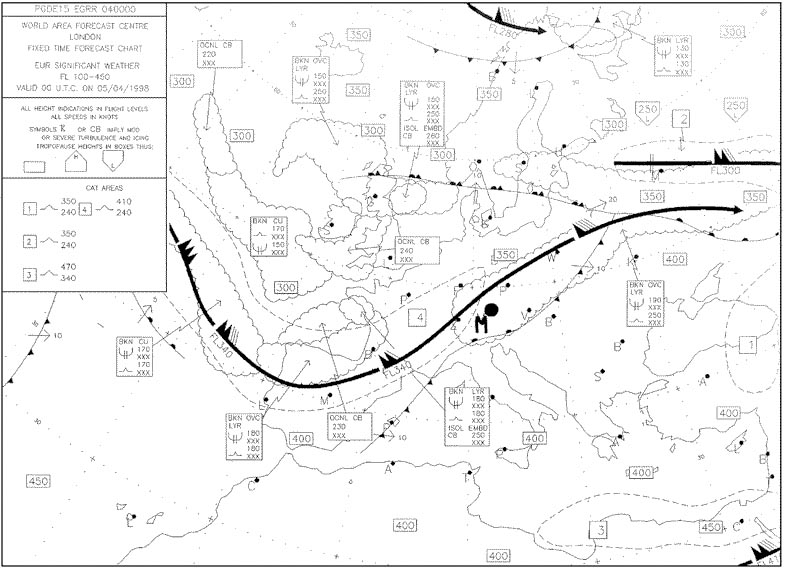
Which margin above the stall speed is provided for the landing speed reference ?
Question 80-29 : 1 30 vso 1 05 vso 1 10 vso 1 2 vmca
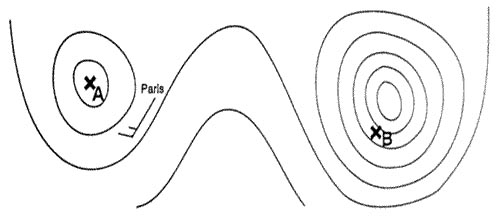 1.30 vso
1.30 vso With regard to the graph for the light twin aeroplane will the accelerate and ?
Question 80-30 : No the performance will be worse than in the chart it does not matter which take off technique is being used the chart has been made for this situation performance will be better than in the chart
 No, the performance will be worse than in the chart.
No, the performance will be worse than in the chart. The critical engine inoperative ?
Question 80-31 : Increases the power required and the total drag due to the additional drag of the windmilling engine and the compensation of the yaw moment does not affect the aeroplane performance since it is independent of the power plant decreases the power required and increases the total drag due to the additional drag of the windmilling engine and the compensation of the yaw moment increases the power required and decreases the total drag due to the windmilling engine
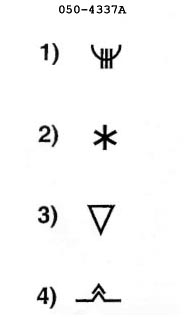 Increases the power required and the total drag due to the additional drag of the windmilling engine and the compensation of the yaw moment.
Increases the power required and the total drag due to the additional drag of the windmilling engine and the compensation of the yaw moment. Following a take off determined by the 50ft 15m screen height a light twin ?
Question 80-32 : 115 m 100 m 85 m it will not clear the obstacle
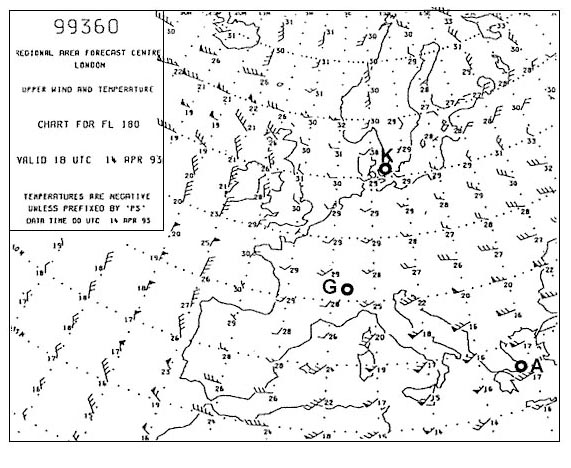 115 m.
115 m. A runway is contaminated with 0 5 cm of wet snow .the flight manual of a light ?
Question 80-33 : Increased unchanged reduced substantially decreased
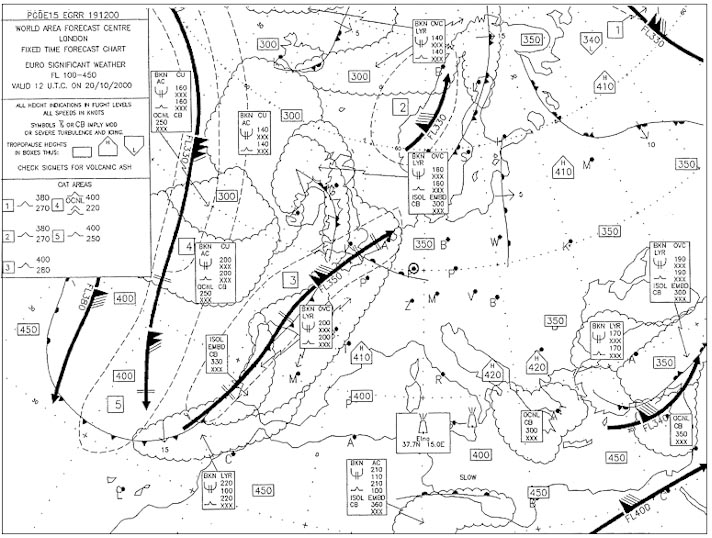 Increased.
Increased. Following a take off limited by the 50 ft screen height a light twin climbs on ?
Question 80-34 : 105 m 90 m 75 m it will not clear the obstacle
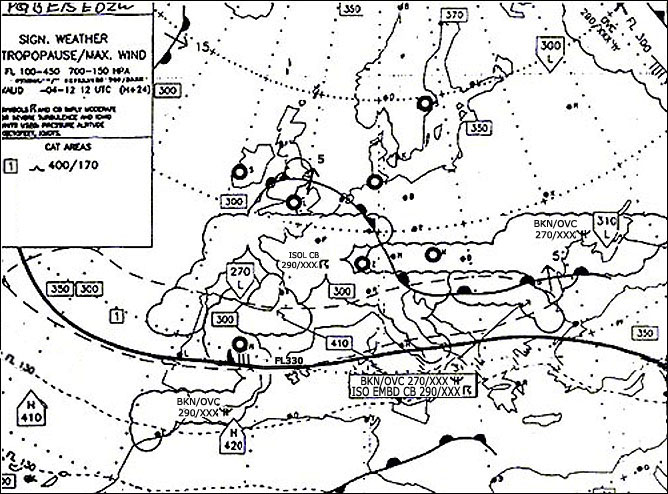 105 m.
105 m. The pilot of an aircraft has calculated a 4000 m service ceiling based on the ?
Question 80-35 : Higher than 4000 m less than 4000 m unchanged equal to 4000 m only a new performance analysis will determine if the service ceiling is higher or lower than 4000 m
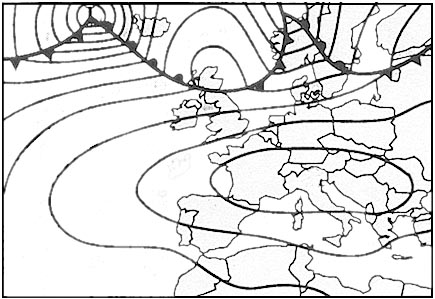 Higher than 4000 m.
Higher than 4000 m. The flight manual of a light twin engine recommends two cruise power settings ?
Question 80-36 : An increase in speed fuel consumption and fuel burn/distance same speed and an increase of the fuel burn per hour and fuel burn/distance an increase in speed and fuel burn/distance but an unchanged fuel burn per hour same speed and fuel burn/distance but an increase in the fuel burn per hour
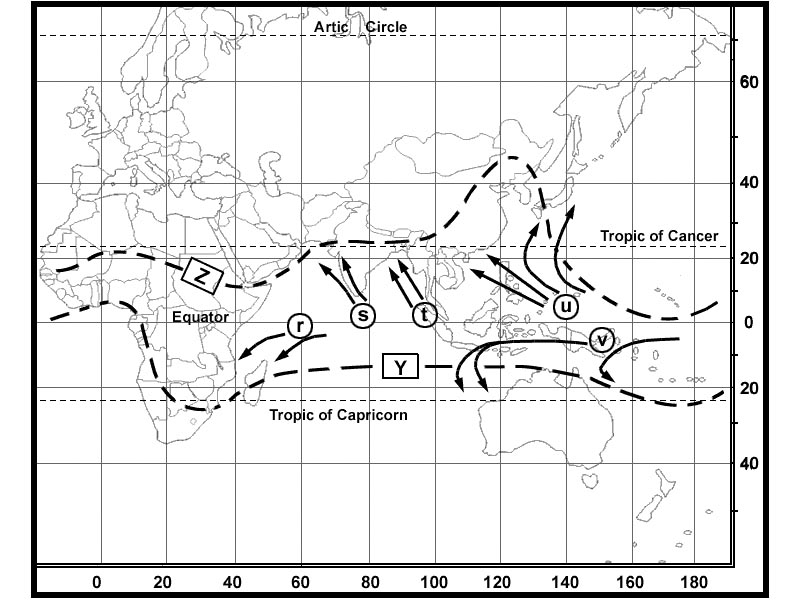 An increase in speed, fuel consumption and fuel-burn/distance.
An increase in speed, fuel consumption and fuel-burn/distance. At a given mass the reference stall speed of a twin engine turboprop aircraft ?
Question 80-37 : 123 kt 115 kt 125 kt 120 kt
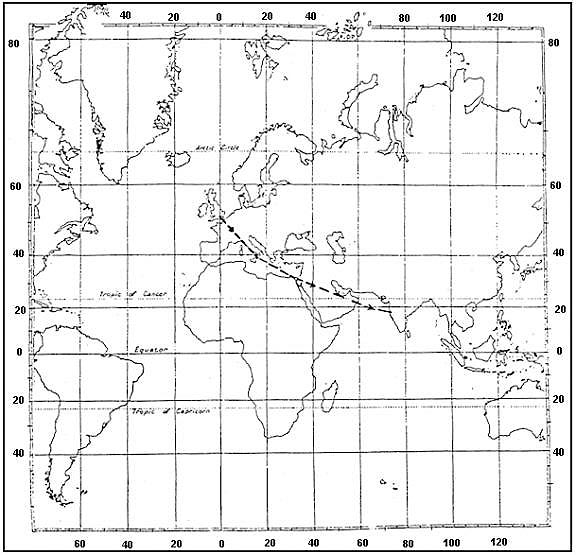 123 kt.
123 kt. Given .oat 25°c .pressure altitude 3000 ft .rwy 24l .wind 310°/20kt .take off ?
Question 80-38 : 3750 ft 4300 ft 4000 ft 3350 ft
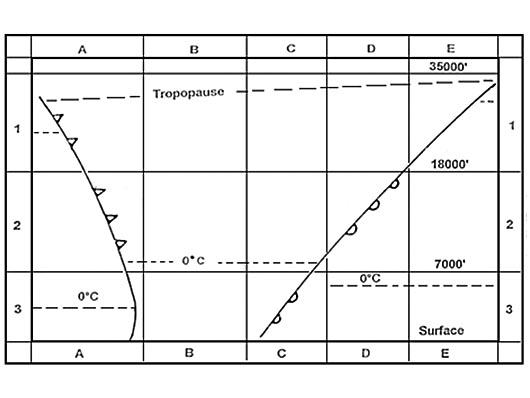 3750 ft.
3750 ft. Use performance manual mep1 figure 3 2.with regard to the graph for the light ?
Question 80-39 : Longer than the graphical distance shorter than the graphical distance the same as the graphical distance because both techniques are accounted unaffected because all take off techniques are accounted
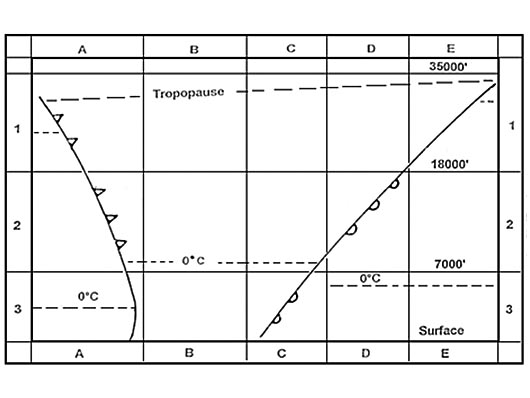 Longer than the graphical distance.
Longer than the graphical distance. For this question use annex ecqb 032 016 v2015 10 or performance manual mep 1 ?
Question 80-40 : 175 ft/min 1250 ft/min 375 ft/min 625 ft/min
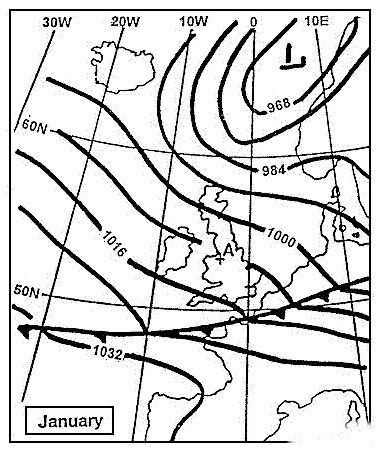 175 ft/min.
175 ft/min. ~
Exclusive rights reserved. Reproduction prohibited under penalty of prosecution.
3159 Free Training Exam
